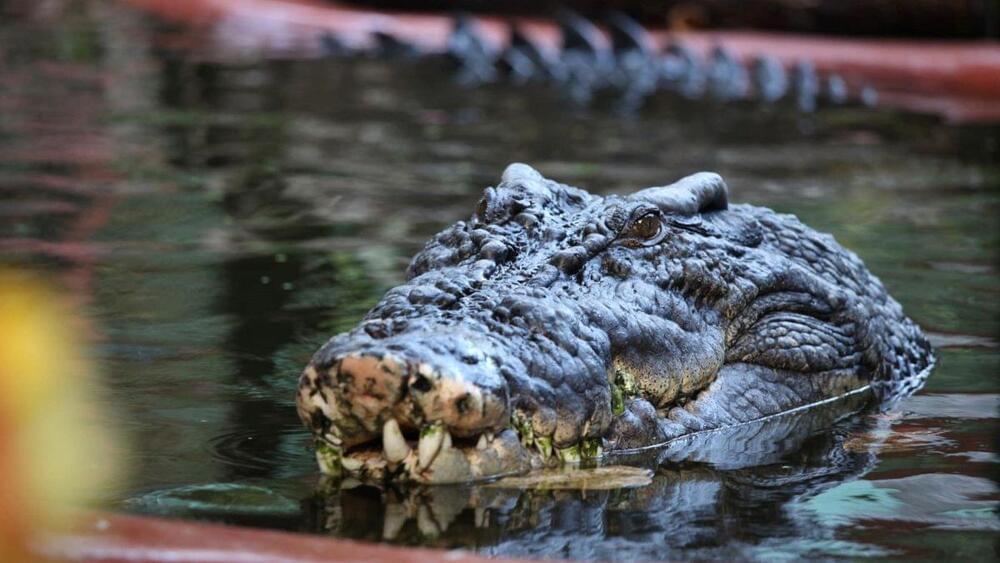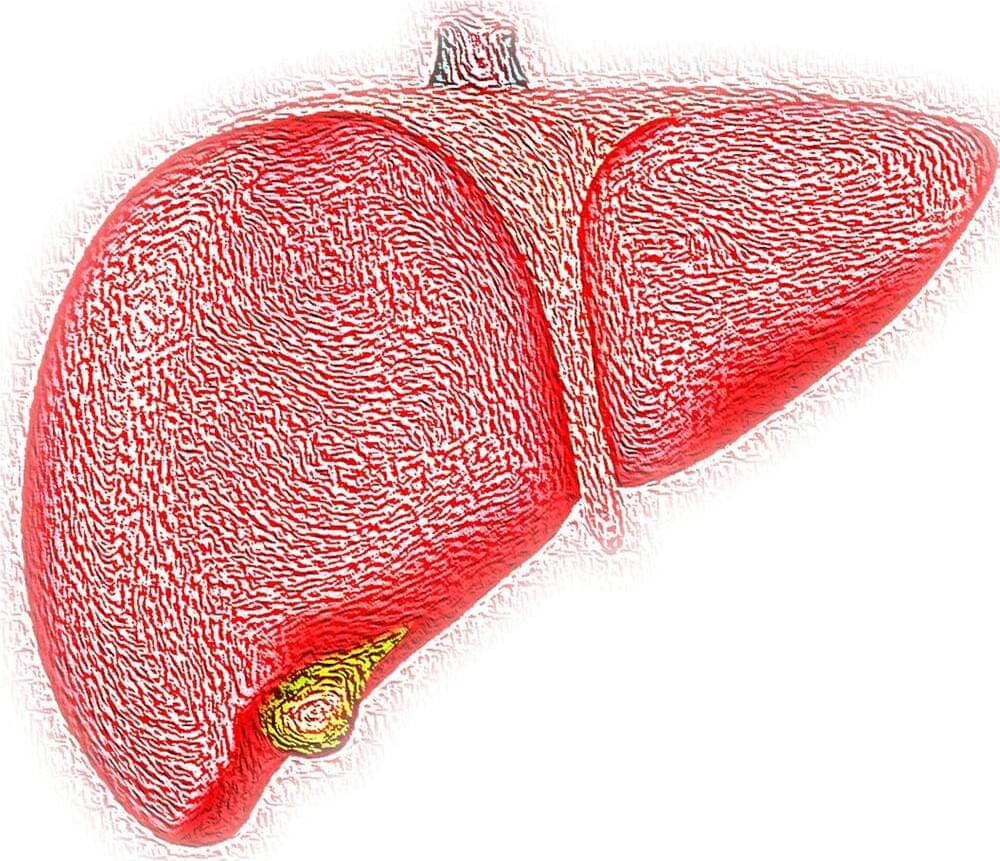Satellite-to-phone connectivity provider Lynk has made its debut in Palau, where the nation’s hundreds of islands make traditional cell coverage difficult to achieve. The company’s “cell towers in space” now cover the entire country — intermittently, but that’s a lot better than nothing, and service will improve as more satellites are added to the constellation.
Lynk is among the first of a new wave of direct satellite-to-phone providers, replacing the bulky, dedicated satphones of yore by connecting ordinary mobile devices to low Earth orbit. It’s difficult to engineer for many reasons, as you can imagine.
Apple’s SOS has the most high-profile use case, with the distinguishing characteristic of having to actually point your phone at an unseen satellite, but Lynk’s service requires no special behavior by the user — it just works like a roving cell tower, connecting when it passes overhead.







